

Let's break down what a Haute Couture House is and look at a list of the 34 largest fashion houses by country.
The appearance of the first house dates back to 1858 and is closely linked to the Frenchman Charles Fredrick Worth.
At the time, Worth was highly influential in the ranks of fashionistas and had the honor of sewing outfits for the most famous women of the time. Among his clients was Princess Pauline von Metternich, an actress and singer.
Girls from other countries came to Charles, wishing to get a coveted outfit from the famous couturier. Worth also became the founder of the haute couture syndicate, which to this day links the largest fashion houses in Paris. About what it is, we will tell a little bit below.
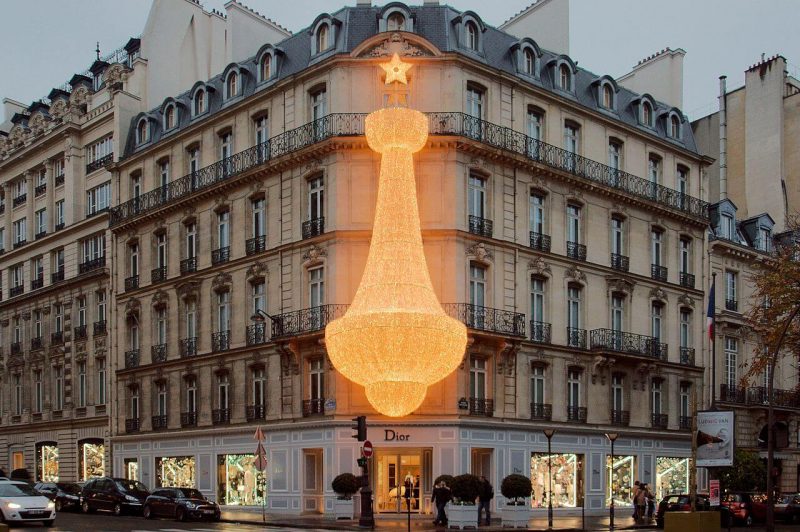
The fashion house is a full-fledged mechanism, the work of which is directly related to the activity of each link.
For the mechanism to function smoothly, each house has in its collective:
An integral part of a fashion house are partners, including factories and plants that produce fabrics and fittings.
Apart from the creative component, fashion houses also have more understandable, generally accepted positions. A fashion house has a board of directors and its chairman, who sometimes have nothing to do with the fashion world. For example, the chairman of the board of directors of Louis Vuitton is Bernard Arnault, an American businessman and engineer by training.
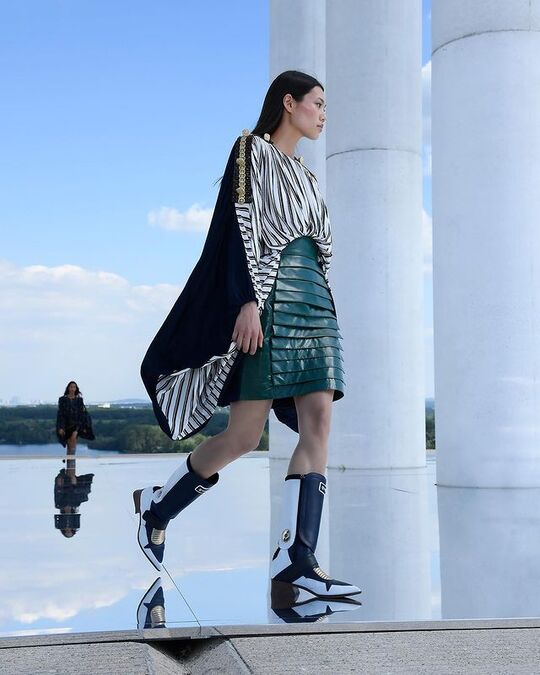
@louisvuitton
The clothes produced by fashion houses are divided into two types - Haute Couture and Ready-to-Wear.
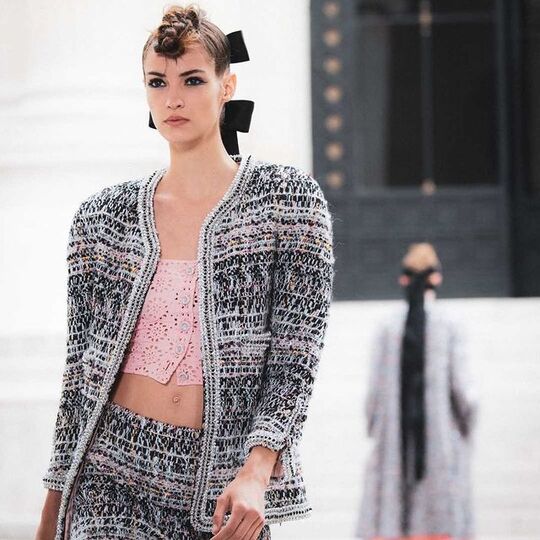
@chanelofficial
Haute Couture, french haute couture, is tailored garments created by designers for the most part by hand. Couture clothes are created to demonstrate the views of the fashion house and its leading designer, as well as to increase prestige.
Couture clothes are expensive, so it is more common to see them on the world's celebrities, who came to some red carpet. It is paradoxical that for all the high cost of Haute Couture models, fashion houses make very little profit. It is all due to the cost of the material and a large percentage of manual labor.

@chanelofficial
Clothes do not always get the status of Haute Couture for everyone. One of the main conditions that must be met is a fashion house's membership in the Paris Fashion Syndicate. We'll tell you what the Syndicate is next.

@dior
Couture collections are shown during special shows, Haute Couture Weeks, held in January and July.
To learn more about haute couture clothing and how it differs from pret-a-porter, follow this link.
Ready-to-Wear is what we see in offline and online stores. Ready-to-wear clothes, unlike couture, are available in different sizes and in unlimited quantities. It can be produced by any brand or designer.
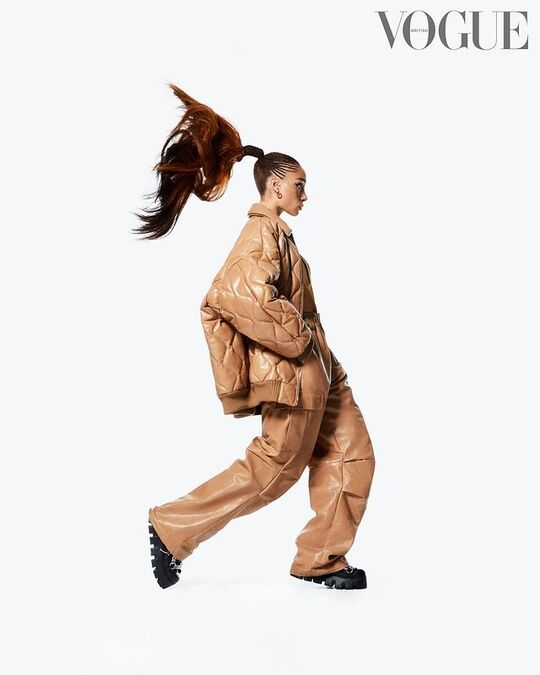
@miumiu
Synonymous with Ready-to-Wear is Prêt-à-porter, prêt-à-porter is the same thing, but in French.
It also makes sense to talk about the difference between a brand and a fashion house, as this question often causes confusion. The first thing to understand is that a fashion house and a brand are inherently different concepts.
A brand in the simplest sense is a trademark and implies the release of a certain category of products for a certain category of consumers. That is, the Tommy Hilfiger brand, for example, produces and sells clothing and accessories. A brand is a broader concept.
A fashion house is rarely limited to clothing and accessories. For example, Hermès, besides its famous bags, also produces scarves, ties, clothes, perfume, watches, tableware, jewelry and stationery.

@hermes
In addition, a fashion house has a more complex, multifaceted structure, where practically every working unit is a creative person with a special perception of the world and a desire to make everything around beautiful.
At the same time, a fashion house is not always an independent unit and can be a subsidiary company. For example, Christian Dior is owned by LVMH along with Louis Vuitton, Givenchy, DKNY, Fendi and others.
Every year dozens of houses open around the world, but they do not become widely known. Since the emergence of the term "fashion house", only a little more than 20 houses, which have become true symbols of the Fashion world, have become firmly established.
![]() Dior - founded by Christian Dior in 1946 in Paris;
Dior - founded by Christian Dior in 1946 in Paris;
![]() Balenciaga - founded by Cristóbal Balenciaga in 1919;
Balenciaga - founded by Cristóbal Balenciaga in 1919;
![]() Balmain - Pierre Balmain, 1945;
Balmain - Pierre Balmain, 1945;
 Chanel – Coco Chanel, 1908;
Chanel – Coco Chanel, 1908;
 Givenchy - Hubert de Givenchy, 1952;
Givenchy - Hubert de Givenchy, 1952;
![]() Nina Ricci - Nina Ricci, 1932;
Nina Ricci - Nina Ricci, 1932;
 Saint Laurent - Yves Saint Laurent and Pierre Berger, 1961;
Saint Laurent - Yves Saint Laurent and Pierre Berger, 1961;
![]() Celine - Céline Vipiana, 1945;
Celine - Céline Vipiana, 1945;
![]() Cerruti - Nino Cerruti, 1967;
Cerruti - Nino Cerruti, 1967;
![]() Chloe - Gaby Agyen, 1952;
Chloe - Gaby Agyen, 1952;
 Hermes - Thierry Hermes, 1837;
Hermes - Thierry Hermes, 1837;
![]() Kenzo - Kenzo Takada, 1970;
Kenzo - Kenzo Takada, 1970;
![]() Lanvin - Jeanne Lanvan, 1889;
Lanvin - Jeanne Lanvan, 1889;
 Louis Vuitton - Louis Vuitton, 1854;
Louis Vuitton - Louis Vuitton, 1854;
 Maison Margiela - Martan Margiela, 1988;
Maison Margiela - Martan Margiela, 1988;
 Jean Paul Gaultier - Jean Paul Gaultier, 1976;
Jean Paul Gaultier - Jean Paul Gaultier, 1976;
 Schiaparelli - Elsa Louise Maria Schiaparelli, 1927.
Schiaparelli - Elsa Louise Maria Schiaparelli, 1927.
For French fashion people, the most important event is Paris Fashion Week, which is held twice a year in Paris. The dates are set by the French Fashion Federation and usually fall in February and September.
Paris Fashion Week is one of the 4 parts of the Big Four, which also includes shows in London, New York and Milan. These four shows are key in the fashion world - they set new trends from shades to textures.
The Big Four shows are held in this order:
The dates are determined each year by the responsible federations in each city, but the order always remains the same.
You can keep track of the dates of shows around the world on the Fashion Week website.

Representatives of fashion houses in Paris also have the opportunity to be part of the Syndicat de la couture.
The Syndicat de la couture is an organization that brings together the most prestigious fashion houses.
Only Parisian fashion houses can become a member of the syndicate, and then only if they meet certain requirements:
The syndicate was created to control the copyright of couturiers and protect their designs from copying. A secondary goal is to help the upper classes get unique items that others will definitely not have.
The Haute Couture Syndicate includes three categories of members:
As of 2022, members of the syndicate are recognized as:
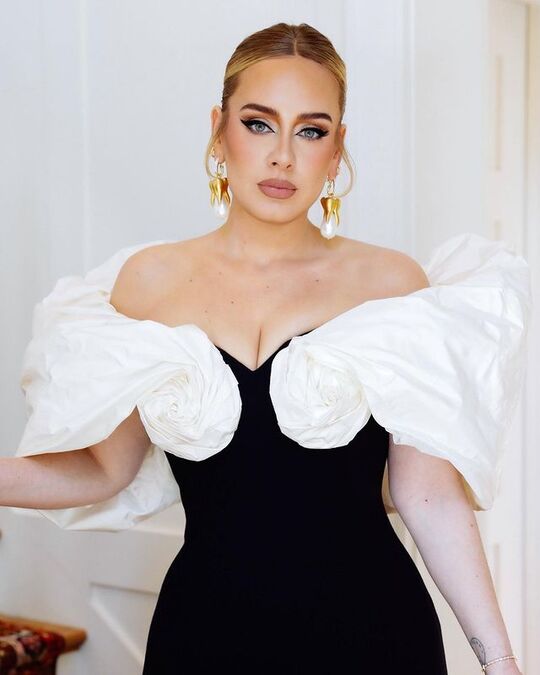
@schiaparelli
Corresponding members:
The list of invited participants is long - a little more than 100. The most famous of them are Balenciaga, Jil Sander, Jw Anderson, Raf Simons, Vetements.
![]() Valentino - Valentino Garavani, 1960;
Valentino - Valentino Garavani, 1960;
 Versace - Gianni Versace, 1978;
Versace - Gianni Versace, 1978;
![]() Giorgio Armani - Giorgio Armani, 1975;
Giorgio Armani - Giorgio Armani, 1975;
 Roberto Cavalli - Roberto Cavalli, 1975;
Roberto Cavalli - Roberto Cavalli, 1975;
![]() Dolce & Gabbana - Domenico Dolce, Stefano Gabbana, 1985;
Dolce & Gabbana - Domenico Dolce, Stefano Gabbana, 1985;
![]() Moschino - Franco Moschio, 1983;
Moschino - Franco Moschio, 1983;
![]() Prada - Mario Prada, 1913;
Prada - Mario Prada, 1913;
 Fendi - Adele and Edoardo Fendi, 1925.
Fendi - Adele and Edoardo Fendi, 1925.
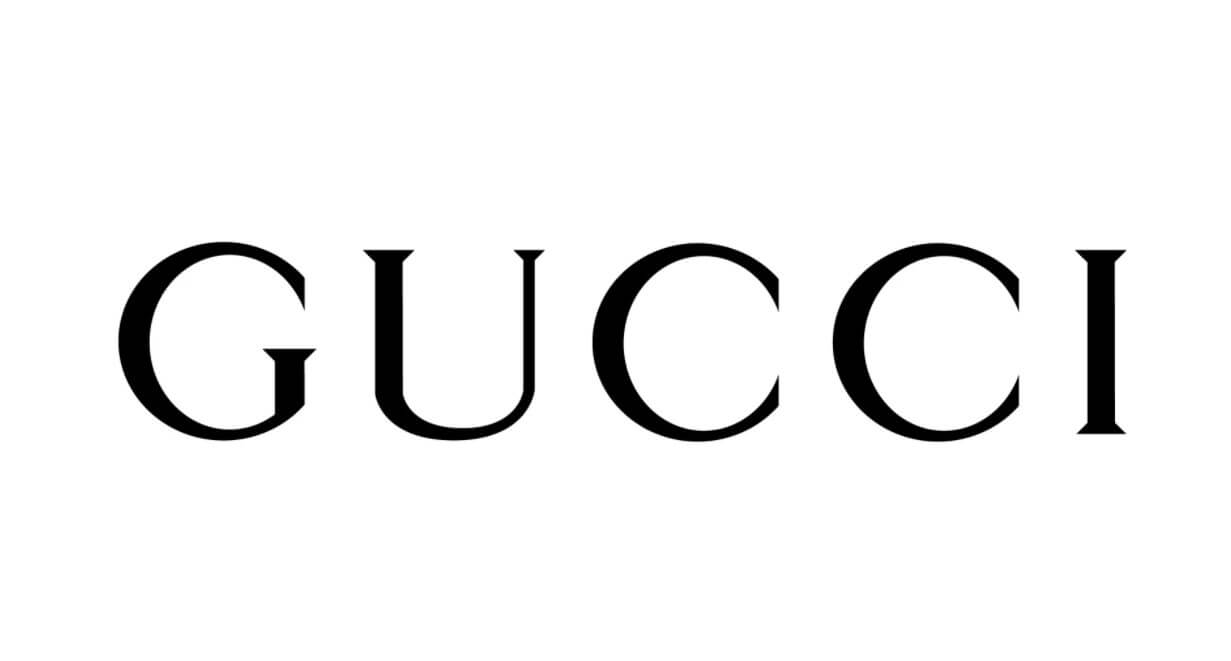 Gucci - Guccio Gucci, 1921.
Gucci - Guccio Gucci, 1921.
 Trussardi - Dante Trussardi, 1911.
Trussardi - Dante Trussardi, 1911.
Milan Fashion Week is held in Italy. Traditionally, shows start twice a year in February and September. In addition to fashion houses, famous designers take part in the shows, and not only from Italy, but also from all over the world.

![]() Alexander McQueen - Alexander McQueen, 1992;
Alexander McQueen - Alexander McQueen, 1992;
![]() Burberry - Thomas Burberry, 1856.
Burberry - Thomas Burberry, 1856.
Despite the small number of famous fashion houses, London Fashion Week, on a par with Paris and Milan, dictates the rules in the fashion world. The show is held in the same way as in Milan in February and September, but always earlier than in the Italian capital.

 Calvin Klein – Calvin Klein, 1968;
Calvin Klein – Calvin Klein, 1968;
![]() DKNY - Donna Karan, 1984.
DKNY - Donna Karan, 1984.
It is with New York Fashion Week that the "Big Four" starts - the first series of events is held here.
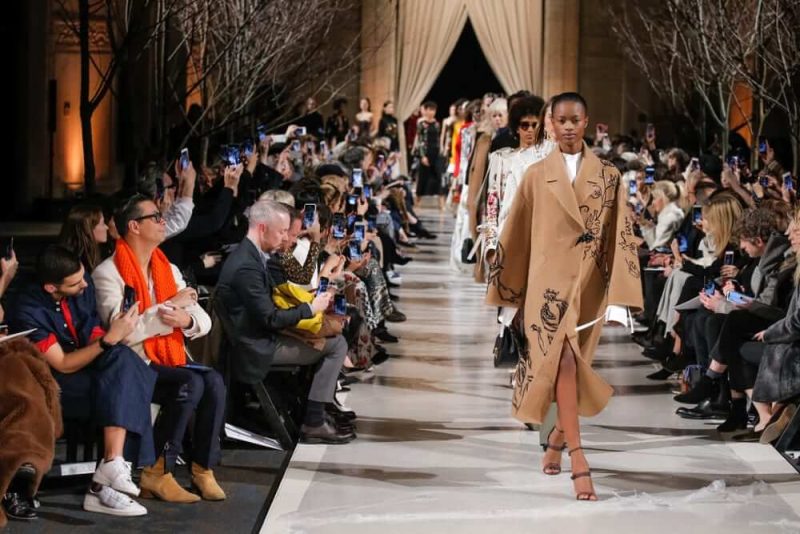
![]() Loewe - Enrique Levy-y-Rosberg, 1846.
Loewe - Enrique Levy-y-Rosberg, 1846.
Spain, despite its absence in the Big Four, also holds its own week - Barcelona Fashion Week. The event has been held for 40 years, but only in recent years it began to gain momentum and gain credibility among the standards of the fashion world. In addition to famous designers from all over the world, the forum gives an opportunity to show themselves to young and emerging fashion designers.
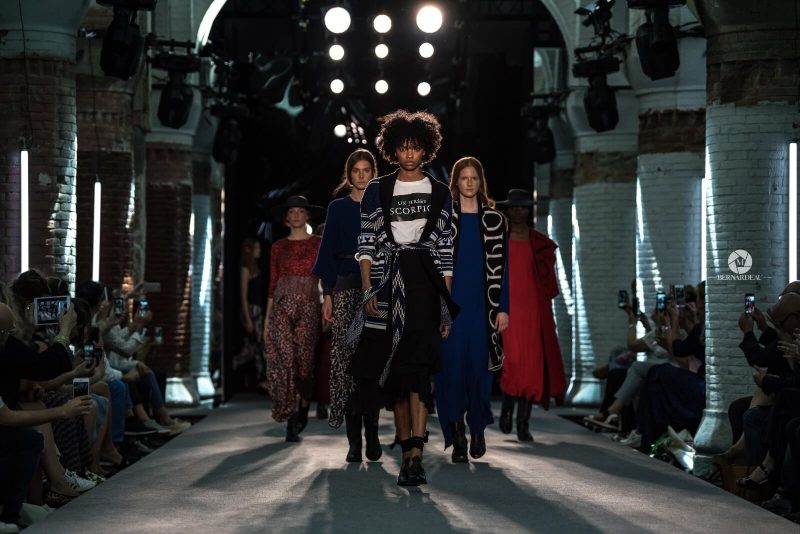
![]() Hugo Boss - Hugo Boss, 1924;
Hugo Boss - Hugo Boss, 1924;
![]() Jil Sander – Jil Sander, 1968.
Jil Sander – Jil Sander, 1968.
Germany, along with Spain, France, Japan, Italy, Great Britain, and the United States, is the leading country in the fashion industry. The Big Four shows are not held here, but there is Berlin Fashion Week. It is held in January and July.
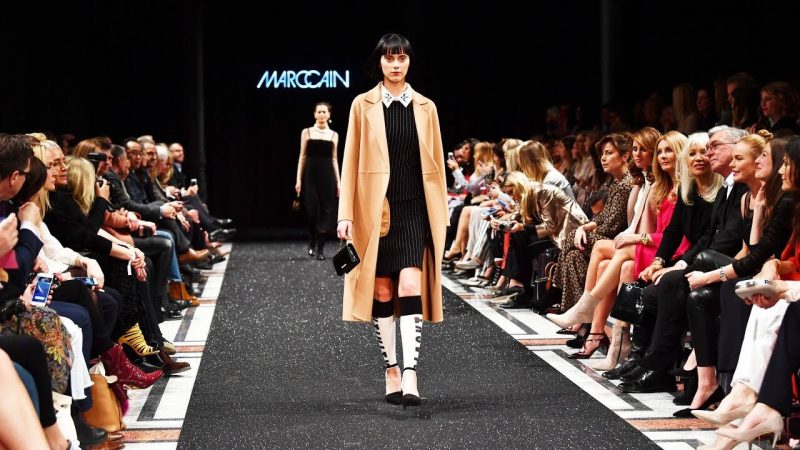

Please create something for older ladies.
Awesome! Love this page
Fascinating facts about fashion!